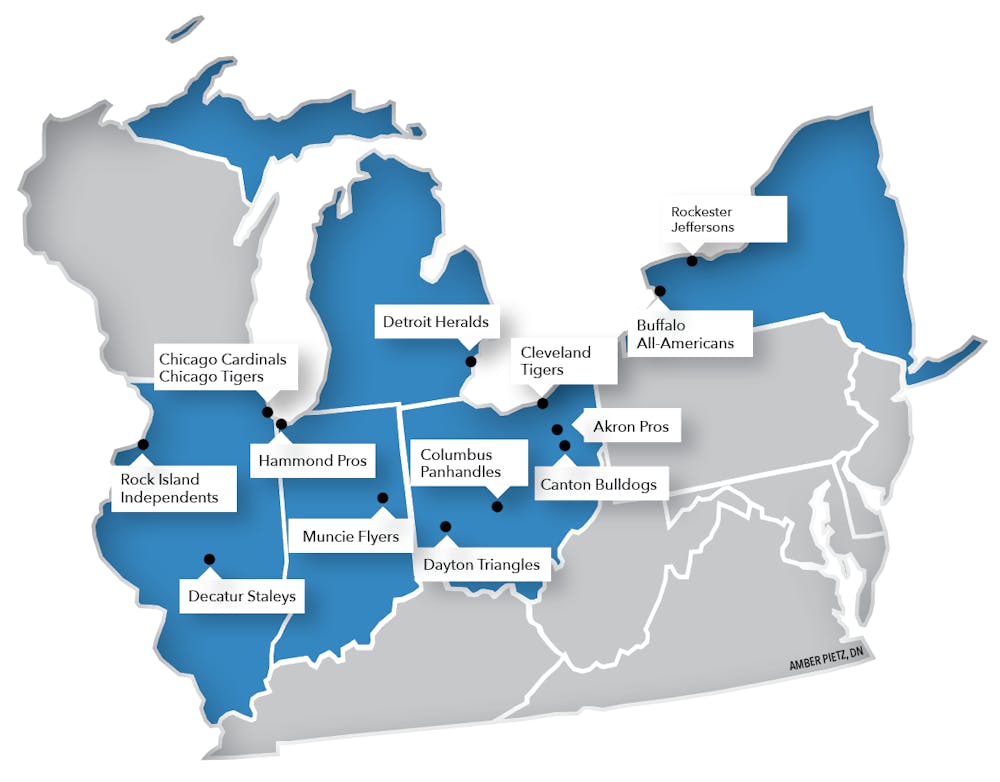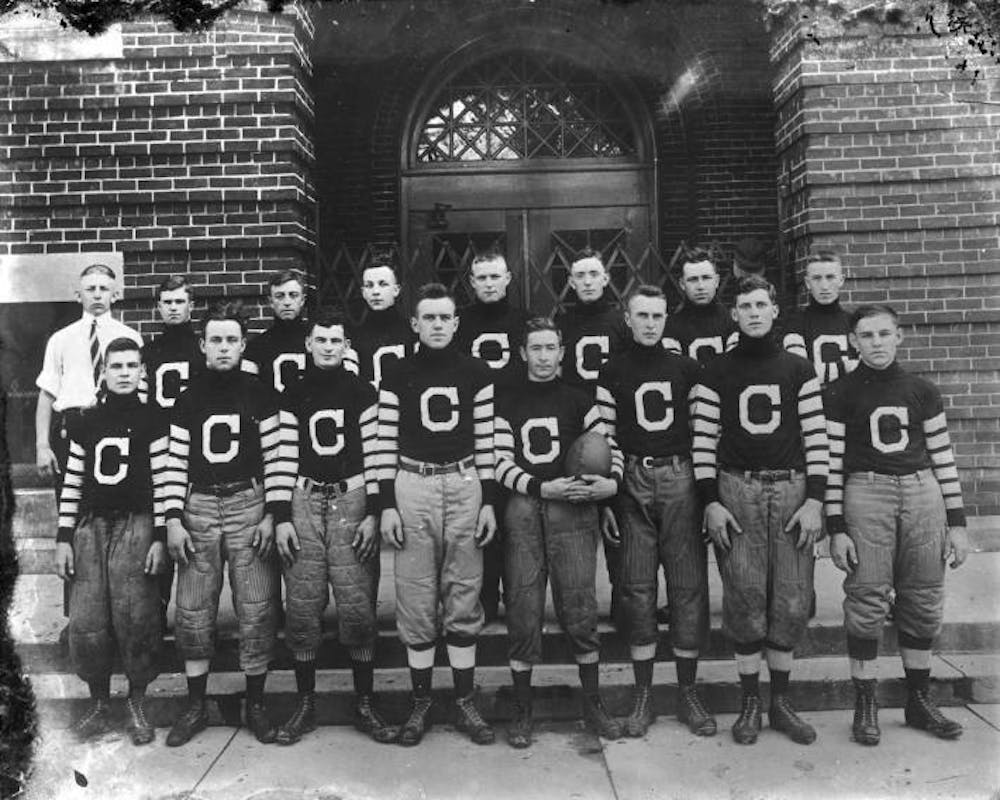The National Football League wasn’t called the NFL when Muncie, Indiana had a professional football team.
In 1920, what would become the NFL was the tiny upstart American Professional Football Association (AFPA), starting its first season. The Pro Football Hall of Fame said the league, headed by American sports hero Jim Thorpe, was concentrated in Indiana, Ohio, Illinois and New York. Only two teams who joined the NFL in its inaugural season would see its centennial celebrations in 2019; the Chicago Cardinals, who have moved their nest to Arizona, and the Decatur Staleys, the forefathers of the Chicago Bears, the NFL website said.
The newborn league had teams in major cities, such as Buffalo, Cleveland and Detroit. The AFPA also gained membership of teams from small cities across the Midwest, such as Rock Island, Illinois with a population of about 35,000 and Hammond, Indiana with a population of around 36,000, according to the 1920 US Census.
One of the numerous small city teams from the early age of the NFL came from the city which would become known as “Middletown.” In 1920, Muncie, Indiana, with a modest population of 36,000, became the home of a charter franchise of the future NFL.
The tale of Muncie’s professional football squad began in 1905, when the Cognerville Athletic Club was conceived on the southside of Muncie. Cognerville was a neighborhood that existed west of Madison Street and south of Memorial Drive, Chris Flook, Ball State senior media lecturer and newsletter editor for the Delaware County Historical Society, said via his blog. The area soon had two football teams, the aforementioned Athletic Club and the Flyers.
“People get too caught up in the fact they were founding fathers of the NFL compared to the idea that there were teams all across the city,” Flook said.
He believes “the better story” is that neighborhoods, churches, etc had intra-city leagues, with “an active sports culture in Muncie in the 20th century.” For whatever reason, he said, the Cognerville team ended up being “the best team.”
In 1916, the two Cognerville teams merged together and became the unified Cognerville Flyers, a team that would capture the Muncie city championship in 1919. The next year, when the APFA formed, Earl Ball, the Flyers’ owner, attended the meeting in Canton, Ohio that kicked off the league, the Pro Football Hall of Fame said. This meant that the Congerville Flyers were one of the first ten teams in the inaugural season of the AFPA.
After their admission into the league, the Flyers dropped the Cognerville identifier and became the Muncie Flyers.
Professional football was not held with the same prestige and status as it is today. From the inception of football in 1869 until the 1950s, professional football was overshadowed by college football. Therefore, the formation of the regional league flew under the radar.

How would the Flyers fare in their new league? That question would be answered on October 3, 1920, when the Flyers played in the second game in APFA history as they faced the Rock Island Independents at Douglas Park in Rock Island, Flook said via his blog.
Muncie’s inaugural game in the newfangled league was the opposite of success.
The Independents manhandled the Flyers 45-0, a result so bad that the Decatur Staleys canceled their game against the Flyers the next week, Roy Sye in an edition of the “Coffin Corner” football magazine, covering the Flyers’ 1920 season, said. That was the only APFA contest the Flyers would play in 1920, as the rest of the games they would play that year were against local independent teams from Gas City and Muncie, in November and December.
The Flyers would come back for APFA play in 1921, as the number of teams in the league ballooned from 14 in their inaugural season to 21 in their next season, Flook said via his blog. Play began for the Flyers on October 2, as they won against a team from Elwood’s American Legion by a score of 74-0. The Pro Football Archives said that their first APFA contest of the year would be the next weekend, as they took on the Evansville Crimson Giants at Bosse Field in Evansville.
The Flyers’ showing on this day was better than their mauling to Rock Island the year before, but it still wasn’t enough, as they lost to Evansville 14-0, the Pro Football Archives said. After a home loss to the Cincinnati Celts the next weekend by a score of 14-0, the Flyers did not play any more games against APFA teams and withdrew from the league at the season’s conclusion.
After leaving the APFA, the Flyers continued on as a traveling independent team until 1925, when the Flyers moved to Jonesboro, alongside the Mississinewa River, according to Flook via his blog. After one season in Jonesboro, the Flyers officially ceased operations.
The Flyers’ stay in what would become the National Football League was fleeting; their three league games played to make them the third shortest-lived team in NFL history.
Contact Grayson Joslin with comments at Grayson.joslin@bsu.edu or on Twitter @GraysonMJoslin.





